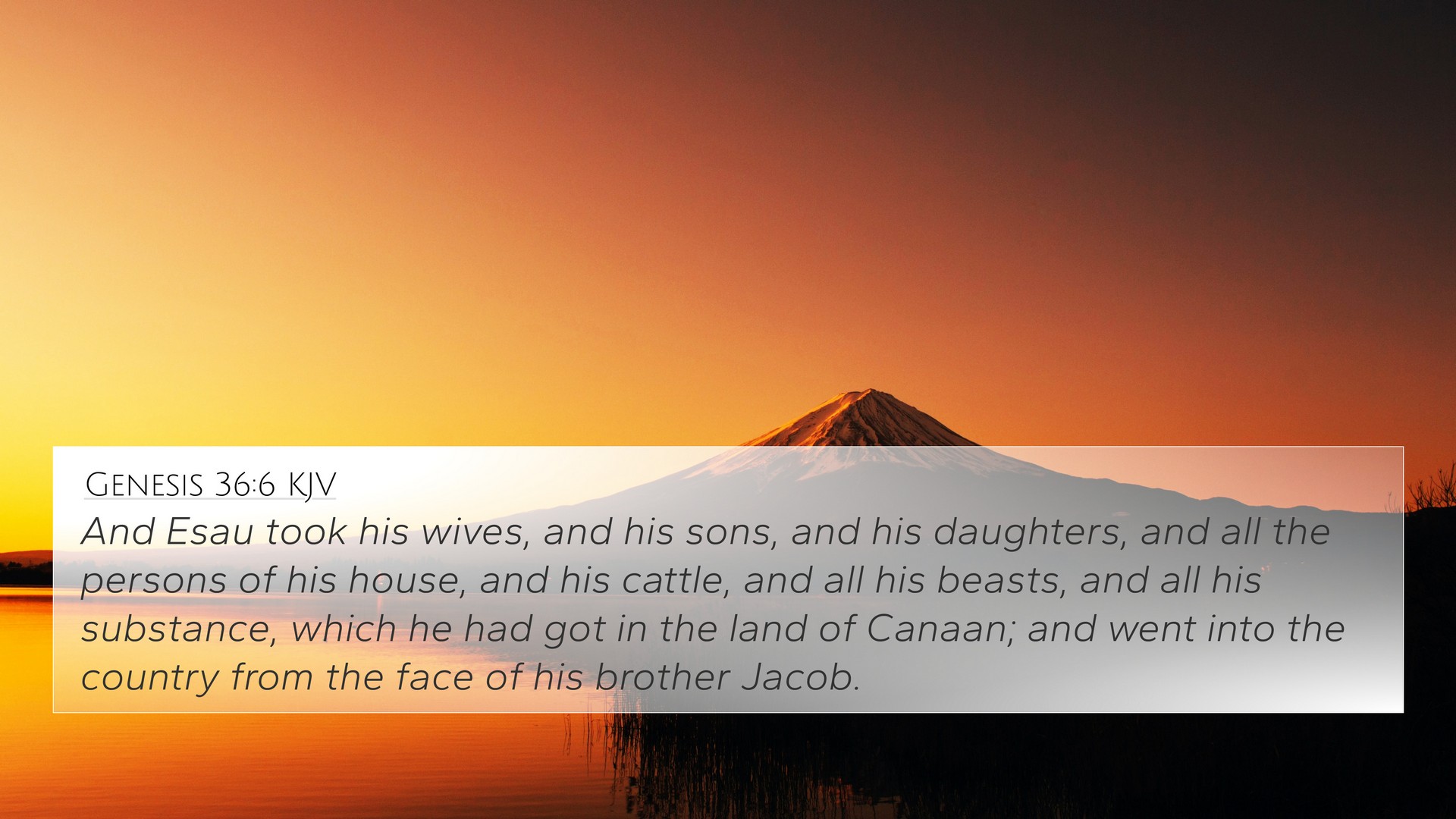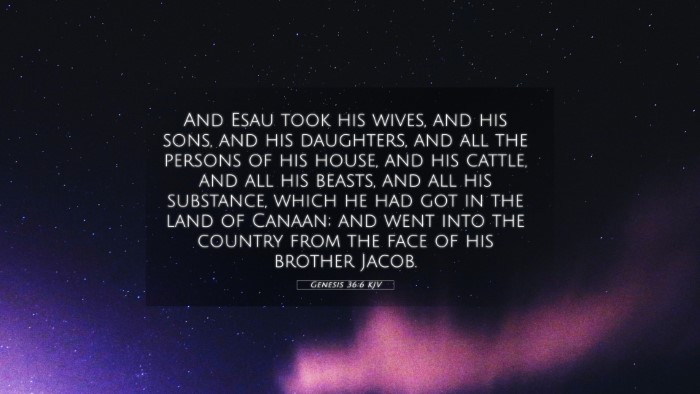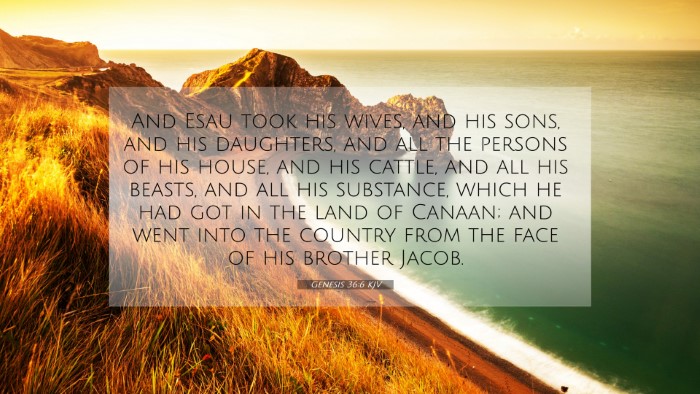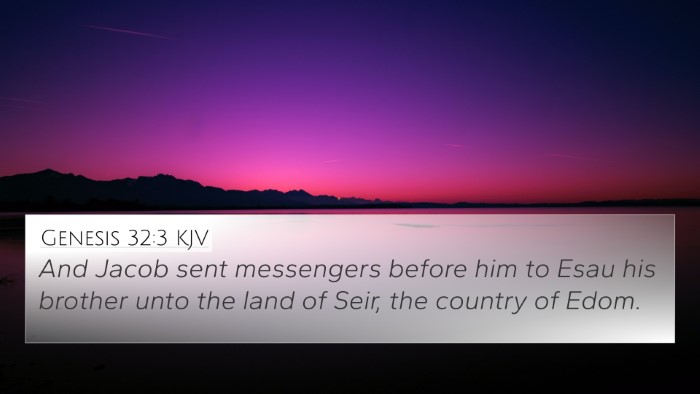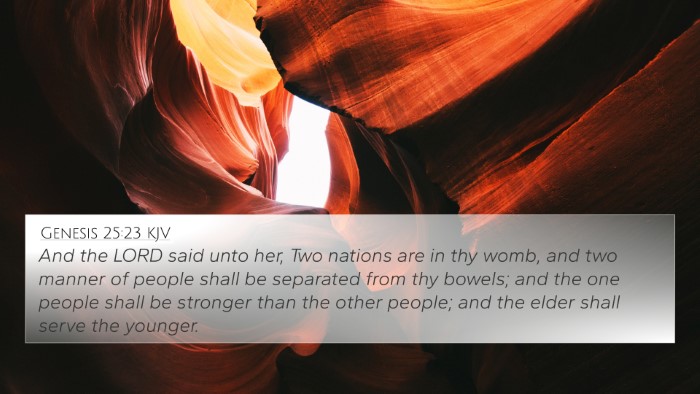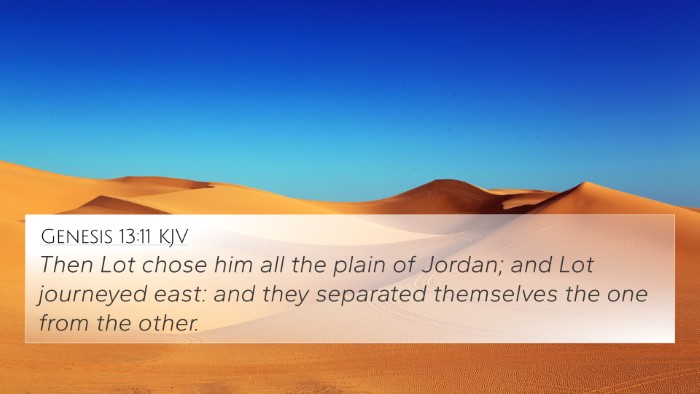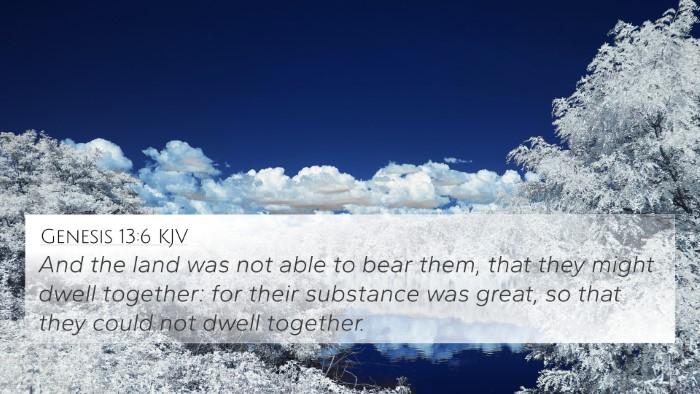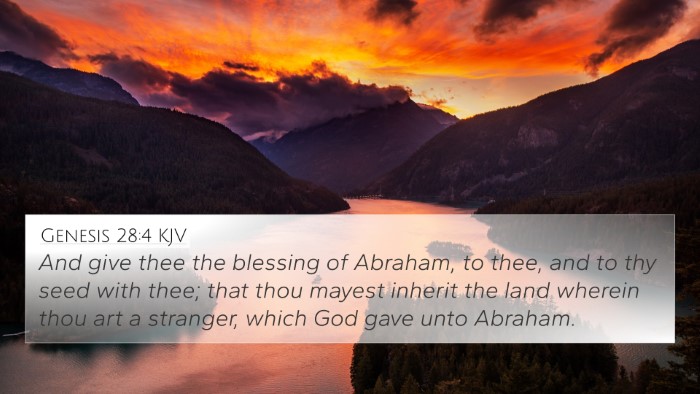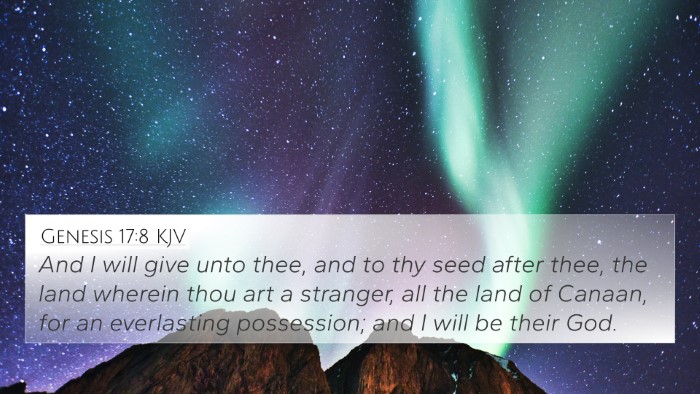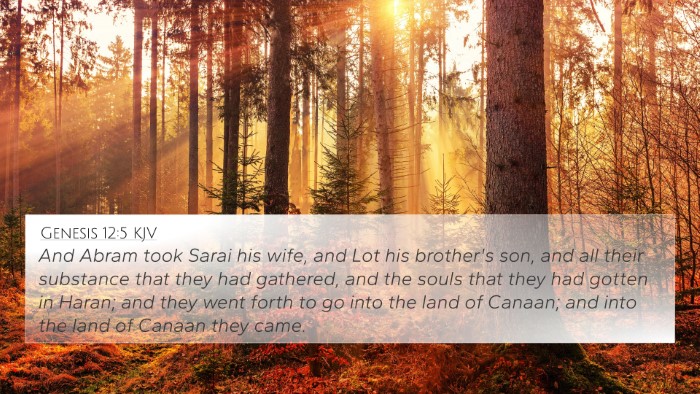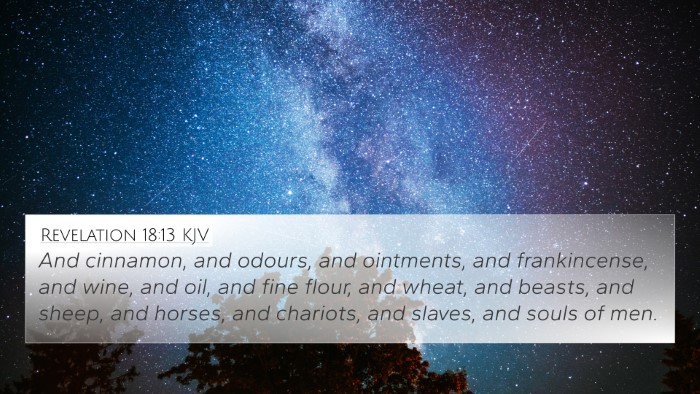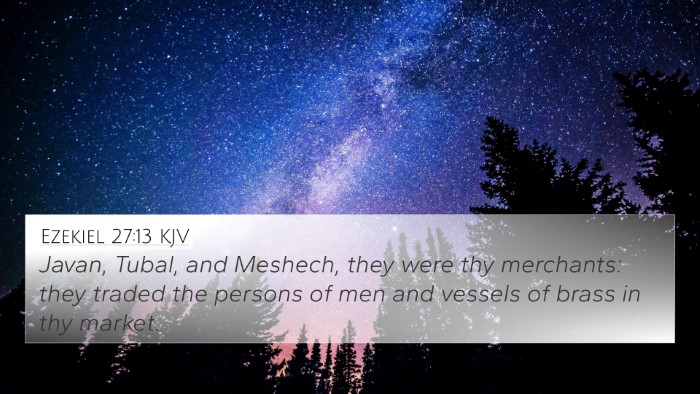Understanding Genesis 36:6
Genesis 36:6 states: "And Esau took his wives and his sons and his daughters, and all the persons of his house, and his cattle, and all his beasts, and all his substance, which he had got in the land of Canaan, and went into the country from the face of his brother Jacob."
This verse captures a pivotal moment in the narrative of Esau, illustrating his departure from the land of Canaan, which he shared with his brother Jacob. The implications of this act and its thematic resonance can be gleaned through several public domain commentaries.
Summary of Insights from Public Domain Commentaries
Matthew Henry's Commentary
Matthew Henry emphasizes the personal and familial aspects of Esau's journey. He notes that Esau, having prospered, chose to separate himself from Jacob to avoid conflicts arising from their respective households. This act of separation illustrates maturity, as it shows Esau valuing peace over proximity and conflict. Henry draws attention to how Esau’s choice represents a broader theme of reconciliation and the managing of familial obligations, a recurring biblical theme.
Albert Barnes' Notes
Albert Barnes offers a historical perspective on the significance of Esau's movement. He explains that Esau's departure to Mount Seir marks the establishment of Edom, a significant nation in biblical history. This departure signifies not only a physical relocation but also a shift in familial relationships and divine continuation of the lineage of Jacob, the favored one. Barnes highlights that this separation sets the stage for future interactions between the descendants of Jacob and Esau, primarily in the context of nationhood and conflicts.
Adam Clarke's Commentary
Adam Clarke provides a practical interpretation by examining the implications of Esau's wealth and the logistics of his departure. He notes how Esau took all his possessions, indicating a well-planned move to facilitate his new beginnings. Clarke connects this back to the idea of divine provision, highlighting how God had blessed both brothers but took their paths in differing directions. Clarke’s insights touch on the importance of individual choices in the context of familial relationships and divine destiny.
Bible Cross-References
Understanding Genesis 36:6 can be enhanced by exploring its connections with other scripture verses. Here are some relevant cross-references:
- Genesis 25:23 - The prophecy given to Rebekah regarding her two sons, Jacob and Esau.
- Genesis 32:3-6 - Jacob's encounter with Esau before their reconciliation.
- Genesis 35:29 - The death of Isaac, the patriarch and father of both Jacob and Esau.
- Genesis 48:16 - The blessing of Joseph’s sons, emphasizing the continuing line of Jacob.
- Hebrews 12:16 - A warning about Esau's disregard for his birthright.
- Obadiah 1:3-4 - A prophetic declaration against Edom, tying back to Esau's lineage.
- Romans 9:13 - Paul's reference to God’s choices between Jacob and Esau.
Thematic Connections and Analysis
The verse reveals the significant themes of separation, familial relationships, and divine providence. Esau’s move demonstrates the need for practical solutions to relational strife, a concept echoed throughout scripture, where reconciliation and conflict resolution are paramount.
In examining the connections between Bible verses, particularly Genesis 36:6, one can appreciate the ongoing narrative of the chosen lineage and the fulfilling of God's promises. This verse is not isolated; it engages in a broader inter-biblical dialogue about identity, heritage, and the consequences of choices made by individuals throughout salvation history.
Tools for Bible Cross-Referencing
Engaging deeply with the text requires utilizing various tools and methods for cross-referencing:
- Bible Concordance: A vital resource that lists words and phrases found throughout scripture.
- Bible Cross-Reference Guide: Assists readers in finding relevant scripture connections.
- Cross-Reference Bible Study: A methodical approach to understanding the interconnectedness of biblical texts.
- Bible Reference Resources: Collections that offer thematic insights and scriptural parallels.
Conclusion
Genesis 36:6 serves as an essential study point for understanding the complexities of biblical relationships and divine intention. The themes of separation and reconciliation found in Esau's departure not only reflect upon the narrative of Jacob and Esau but also resonate with many individual journeys within scripture. By utilizing tools for Bible cross-referencing, readers can uncover deeper insights and lay the groundwork for more profound scriptural understanding.
